Home>Articles>Why Does My Rv Water Pump Pulsate When Not In Use
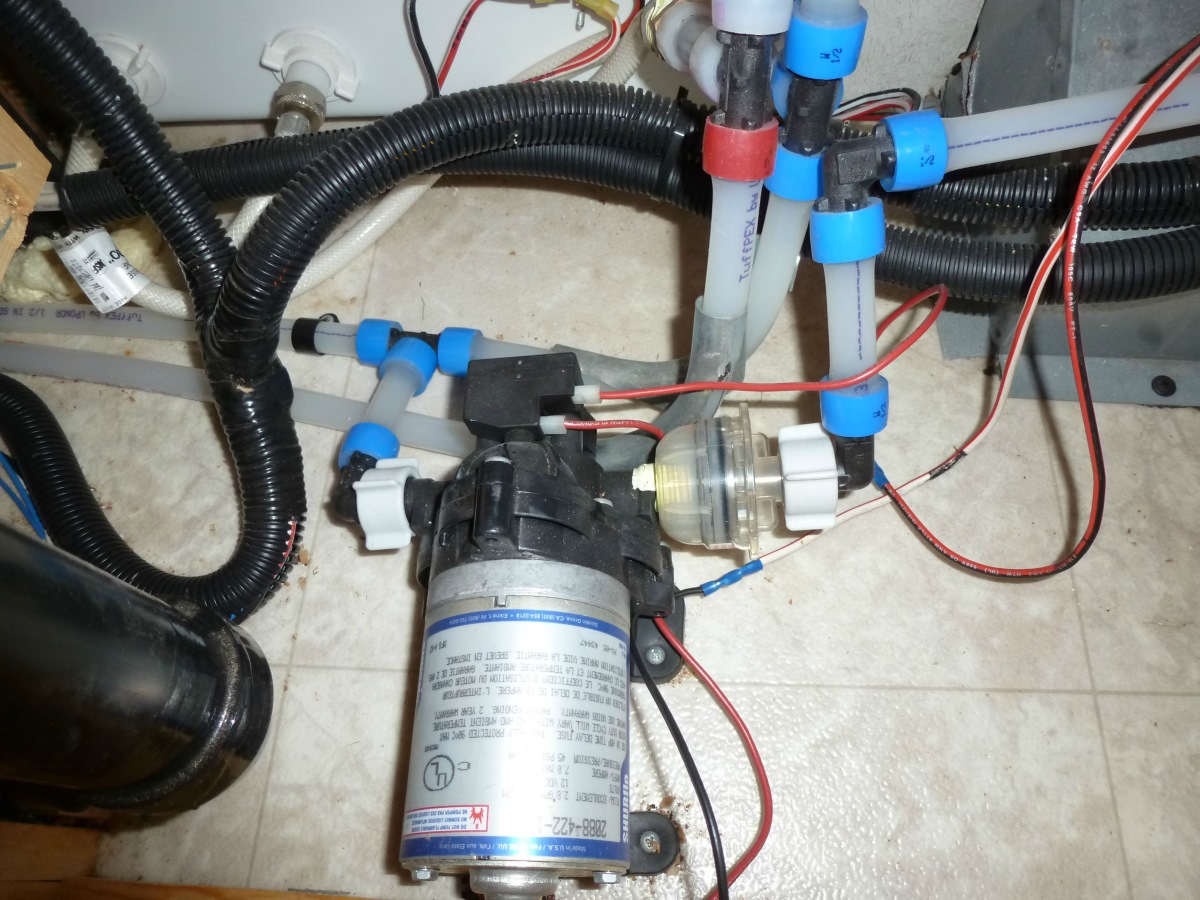

Articles
Why Does My Rv Water Pump Pulsate When Not In Use
Modified: March 1, 2024
Find informative articles on why your RV water pump pulsates when not in use. Explore various solutions and prevention methods to ensure a smooth camping experience.
(Many of the links in this article redirect to a specific reviewed product. Your purchase of these products through affiliate links helps to generate commission for Storables.com, at no extra cost. Learn more)
Introduction
Having a pulsating water pump in your RV can be frustrating and concerning. You may wonder why it’s happening and if there’s something wrong with your water system. In this article, we will explore the common causes of a pulsating water pump and provide some troubleshooting tips to help you resolve the issue.
Understanding how your RV water pump works is essential to diagnose and address the problem effectively. The water pump in your RV is responsible for pumping water from the fresh water tank to the various fixtures and appliances in your vehicle.
When the water pump is working properly, it should maintain a steady and consistent flow of water. However, if you notice that the water pump is pulsating or cycling on and off when not in use, it indicates that there may be an underlying issue.
There are several common causes of a pulsating water pump in an RV. These causes can range from simple issues like air in the water system to more complex problems like a faulty pressure switch or accumulator tank malfunction. Let’s take a closer look at each of these potential causes and how you can troubleshoot and resolve them.
Key Takeaways:
- Troubleshoot a pulsating RV water pump by addressing common issues like air in the system, leaks, faulty pressure switches, and accumulator tank problems. Regular maintenance ensures a smooth and consistent water flow.
- Keep your RV water system in optimal condition by bleeding air from the lines, repairing leaks, replacing faulty components, and seeking professional help when needed. Enjoy a hassle-free camping experience with a reliable water supply.
Read more: Why Is My Rv Water Pump Not Working
Understanding RV Water Pumps
RV water pumps are designed to provide a steady and consistent flow of water throughout your RV. They are typically powered by electricity and are responsible for drawing water from the fresh water tank and distributing it to the various faucets, showers, toilets, and appliances in your vehicle.
RV water pumps are equipped with a pressure switch that senses the demand for water and automatically turns the pump on and off as needed. This ensures that water is delivered at the appropriate pressure and flow rate.
Most RV water pumps operate at a pressure of around 40 to 60 psi (pounds per square inch) and have a flow rate of several gallons per minute. This is sufficient to meet the daily water needs of the average RV owner.
It’s worth noting that RV water pumps are self-priming, meaning they can draw water from the fresh water tank even if it’s below the level of the pump. This eliminates the need for manual priming and ensures a reliable water supply.
RV water pumps are typically located in a compartment or under a storage area in your RV. They are connected to the fresh water tank via a series of pipes and hoses. These pipes and hoses distribute the water throughout your RV, allowing you to access water wherever it’s needed.
Understanding how RV water pumps work and their components is essential when troubleshooting a pulsating water pump. By familiarizing yourself with the basics of the water pump system, you’ll be better equipped to identify and address any issues that arise.
Common Causes of Pulsating Water Pump
If your RV water pump is pulsating or cycling on and off when not in use, several factors could be causing this issue. Let’s explore the common causes of a pulsating water pump and what you can do to resolve them.
1. Air in the Water System: One of the most common causes of a pulsating water pump is the presence of air in the water system. This can happen if there is air trapped in the water lines, which disrupts the smooth flow of water. To fix this issue, you can try bleeding the air out of the lines by opening the faucets and letting the water run for a few minutes until all the air is purged.
2. Leak in the Water System: A leak in the water system can also cause the water pump to pulsate. If there is a leak in the plumbing lines or a faulty connection, it can create air pockets in the system, leading to an uneven flow of water. Inspect the water lines for any visible leaks and repair or replace any damaged components to prevent air infiltration.
3. Faulty Pressure Switch: The pressure switch is an integral part of the water pump system that controls the pump’s activation and deactivation. If the pressure switch is malfunctioning or out of calibration, it can cause the water pump to pulsate. In this case, you may need to replace the pressure switch to restore the proper functioning of the pump.
4. Accumulator Tank Issues: The accumulator tank helps regulate water pressure in the system and prevents the water pump from cycling excessively. If the accumulator tank is faulty or has lost its pressure, it can cause the water pump to pulsate. Check the tank’s pressure and ensure it’s within the recommended range. If not, you may need to recharge or replace the accumulator tank.
Addressing these common causes of a pulsating water pump in your RV can help restore a steady and consistent water flow. By troubleshooting and resolving these issues, you can ensure a smooth operation of your RV’s water system and enjoy a hassle-free camping experience.
Air in the Water System
One common cause of a pulsating water pump in an RV is the presence of air in the water system. Air can enter the system through various means, such as when filling the fresh water tank, repairing plumbing lines, or simply from the natural process of water usage.
When there is air trapped in the water lines, it can disrupt the smooth flow of water, leading to a pulsating water pump. The air acts as a barrier, preventing the water from flowing consistently and causing the pump to cycle on and off.
To resolve this issue, you’ll need to bleed the air out of the water system. Here’s a step-by-step guide:
- Ensure that all faucets, showers, and other water outlets in your RV are closed.
- Locate the water pump in your RV. It is usually in a compartment or under a storage area.
- Next to the water pump, you should find a valve or a fitting with a screw-like cap.
- Slowly and carefully open the valve or loosen the cap to release the air. You should hear a hissing sound as the air escapes.
- Keep the valve or cap slightly open until you see a steady stream of water coming out without any sputtering or pulsation. This indicates that the air has been expelled from the system.
- Once the steady stream of water is achieved, close the valve or tighten the cap securely.
- Go inside your RV and open one faucet at a time, starting from the one closest to the water pump. Let the water run for a few minutes to ensure that all remaining air is purged from the lines.
- Repeat this process for each faucet and water outlet in your RV, moving from the closest one to the farthest.
- Once you have gone through each faucet, check if the water pump operates smoothly without pulsating.
If the pulsation issue persists after bleeding the air from the water system, it may indicate another underlying problem. In such cases, it is recommended to consult a professional or RV service technician to diagnose and resolve the issue.
Keeping your RV’s water system free from air pockets will ensure a consistent and reliable flow of water, providing you with a pleasant and trouble-free camping experience.
Leak in the Water System
Another common cause of a pulsating water pump in an RV is a leak in the water system. A leak can disrupt the flow of water, creating air pockets in the lines and causing the water pump to pulsate. It’s important to address any leaks promptly to maintain the efficiency and functionality of your RV’s water system.
Here’s a step-by-step guide to identifying and resolving a leak:
- Check for visible signs of water leakage in and around your RV. Look for wet spots, drips, or puddles around the water fixtures, pipes, connections, and storage compartments.
- Inspect the water lines and connections. Look for any loose fittings, cracked or damaged pipes, or worn-out seals. Replace or repair any faulty components.
- Fill the fresh water tank and pressurize the system. Monitor the water pressure gauge, if available, to observe any rapid drops in pressure, indicating a leak in the system.
- If you suspect a hidden leak, you can use a water pressure testing kit with a gauge to pressurize the system further. This can help pinpoint the source of the leak.
- Pay attention to any unusual sounds, such as hissing or dripping, which may indicate a leak. Use your sense of touch to feel for any moisture around pipes and fittings.
- If you find a leak, turn off the water pump and close the water supply. Drain the system if necessary to access and repair the leak.
- Depending on the severity and location of the leak, you may need to tighten or replace fittings, patch up small leaks, or replace damaged pipes or connections.
- After fixing the leak, pressurize the system again to ensure that the water flows smoothly without any pulsation. Check all faucets and water outlets in your RV to verify proper operation.
It’s crucial to address leaks promptly to prevent further damage to your RV’s water system. Water leaks not only disrupt the smooth flow of water but can also lead to water damage and mold growth if left unattended.
Regular maintenance and inspections of your RV’s water system can help identify and prevent leaks. Addressing leaks as soon as they are detected will keep your water pump functioning optimally, ensuring a consistent and reliable water supply during your travels.
Check for a leak in the system, as a small leak can cause the water pump to pulsate when not in use. Also, make sure the pump’s pressure switch is functioning properly.
Read more: Why Does My Rv Water Pump Keep Running
Faulty Pressure Switch
The pressure switch is a crucial component of the RV water pump system. It is responsible for detecting the demand for water and activating or deactivating the pump accordingly. A faulty pressure switch can cause the water pump to pulsate or cycle on and off when not in use.
If you suspect that the pressure switch is the cause of the pulsation issue, here are some steps to troubleshoot and resolve the problem:
- Locate the pressure switch, which is usually mounted near the water pump or on the pump housing itself.
- Inspect the pressure switch for any visible signs of damage, such as loose connections, frayed wires, or corroded terminals. Address any issues you find by tightening connections or replacing damaged components.
- Use a multimeter to test the continuity and resistance of the pressure switch. Follow the manufacturer’s instructions and refer to the switch’s specific specifications for accurate testing.
- If the pressure switch fails the continuity or resistance tests, it is likely faulty and needs to be replaced. Consult your RV’s manual or contact the manufacturer to ensure you get the correct replacement switch.
- Before replacing the pressure switch, turn off the power to the RV and disconnect any electrical connections to the water pump. This ensures your safety during the replacement process.
- Install the new pressure switch, following the manufacturer’s instructions and guidelines. Make sure all connections are secure and properly insulated.
- Once the new pressure switch is installed, restore the power to the RV and test the water pump. Verify that it operates smoothly without any pulsation or cycling.
If replacing the pressure switch does not resolve the pulsation issue, it may indicate a more complex problem with the water pump or other components of the system. In such cases, it is advisable to seek assistance from a professional or RV service technician to diagnose and address the problem.
Proper maintenance and periodic inspection of the pressure switch can help prevent issues and ensure the smooth operation of your RV’s water pump system. Regularly checking and replacing components as needed will help maintain a consistent water flow and prevent pulsation or other water pump-related problems.
Accumulator Tank Issues
The accumulator tank plays a crucial role in maintaining consistent water pressure in the RV water system. It helps minimize the frequent cycling of the water pump, reduces pulsation, and provides a smoother water flow. However, if the accumulator tank is not functioning correctly, it can contribute to a pulsating water pump.
Here are some common accumulator tank issues and how you can troubleshoot them:
- Loss of Pressure: Over time, the accumulator tank may lose pressure, leading to pulsation in the water pump. To check the pressure of the accumulator tank, you’ll need a tire pressure gauge with a pressure range appropriate for your RV’s system (typically between 20 to 40 psi).
- Turn off the water pump and close all faucets.
- Locate the schrader valve on the top of the accumulator tank. This valve is similar to the valve found on a bicycle tire.
- Attach the tire pressure gauge to the schrader valve and take a pressure reading.
- If the pressure is below the recommended range, you can recharge the accumulator tank by using an air compressor or a bicycle pump. Connect the air source to the schrader valve and slowly inflate the tank to the recommended pressure.
- Once the tank is repressurized, turn on the water pump and observe if the pulsation has stopped or significantly reduced. The accumulator tank should provide a more even and consistent flow of water.
Malfunctioning Bladder: The accumulator tank has a rubber bladder inside that separates water and air. If the bladder becomes damaged or fails, it can lead to improper pressure regulation and cause pulsation in the water pump.
- To check the bladder, turn off the water pump and relieve the pressure in the system.
- Disconnect the water supply line going into the accumulator tank.
- Empty any remaining water from the tank.
- Inspect the bladder for any signs of damage, such as tears, punctures, or visible deterioration. If the bladder is damaged, it will need to be replaced.
- Replace the bladder with a compatible replacement part, following the manufacturer’s instructions.
If troubleshooting the accumulator tank does not resolve the pulsation issue, it’s advisable to consult a professional or RV service technician. They can further diagnose the problem and determine if the tank needs to be repaired or replaced.
Regular maintenance and periodic inspection of the accumulator tank can help prevent issues and ensure a smooth and consistent water flow in your RV. By addressing any accumulator tank problems promptly, you can enjoy a more comfortable and reliable water system during your travels.
Troubleshooting the Pulsating Water Pump
If you’re experiencing a pulsating water pump in your RV, it’s essential to troubleshoot the issue to identify and resolve the underlying problem. Here are some general troubleshooting steps you can take:
- Check the Power Supply: Ensure that the power supply to the water pump is stable and adequate. Inspect the wiring connections and fuses to make sure they are secure and in good condition.
- Inspect the Water Filter: A clogged or dirty water filter can restrict water flow and cause the pump to pulsate. Check the filter for any debris or sediment buildup and clean or replace it as necessary.
- Examine the Water Lines: Inspect the water lines for any kinks, bends, or obstructions that could impede water flow. Straighten out any kinks or reposition the lines to ensure a smooth flow of water.
- Verify the Water Pressure: Check the water pressure in your RV’s system using a pressure gauge. Ensure that it falls within the recommended range (usually around 40 to 60 psi). Adjust the pressure as needed using a regulator.
- Inspect the Pump for Debris: Check the water pump itself for any debris, such as dirt, leaves, or insects, which can obstruct the pump’s inlet or impeller. Clean the pump thoroughly to ensure unobstructed water flow.
- Check for Loose or Damaged Connections: Examine all the connections, fittings, and hoses in the water system for any signs of looseness, leaks, or damage. Tighten loose connections and repair or replace any damaged components.
- Verify the Water Level in the Tank: Ensure that the fresh water tank is adequately filled with water. A low water level can cause the water pump to struggle and pulsate. Fill the tank if necessary.
- Consult the Manufacturer’s Manual: Refer to your RV’s manufacturer manual for specific troubleshooting advice and guidelines. It may provide additional troubleshooting steps or highlight potential issues specific to your RV’s model.
- Seek Professional Help: If you’ve gone through the troubleshooting steps and the pulsation issue persists or you’re unsure about the next steps, it’s wise to consult a professional RV service technician. They have the expertise to diagnose and resolve more complex water pump problems.
By following these troubleshooting steps, you can identify and fix many common causes of a pulsating water pump in your RV. Regular maintenance and periodic inspections of your RV’s water system can also help prevent issues and ensure a smooth and reliable water supply during your travels.
Conclusion
Experiencing a pulsating water pump in your RV can be frustrating and disrupt your overall camping experience. However, by understanding the common causes of this issue and following the troubleshooting steps outlined in this article, you can identify and resolve the problem effectively.
Air in the water system, leaks, faulty pressure switches, and accumulator tank issues are among the most common culprits behind a pulsating water pump. By bleeding the air out of the system, repairing any leaks, replacing a faulty pressure switch, or addressing accumulator tank problems, you can restore a steady and consistent water flow.
Remember to conduct regular maintenance and inspections of your RV’s water system to prevent issues from arising in the first place. This includes checking for leaks, maintaining proper pressure in the accumulator tank, and ensuring proper functioning of the pressure switch.
If your troubleshooting efforts do not resolve the pulsation issue or if you are uncertain about the next steps, it’s advisable to seek assistance from a professional RV service technician. They have the expertise and experience to diagnose and address more complex water pump problems.
By maintaining a well-functioning water pump system, you can enjoy a hassle-free camping experience with a reliable and steady water supply for all your needs.
Remember, the key to resolving a pulsating water pump is to identify the underlying cause and address it accordingly. By doing so, you can have peace of mind knowing that your RV’s water system is in optimal condition.
Frequently Asked Questions about Why Does My Rv Water Pump Pulsate When Not In Use
Was this page helpful?
At Storables.com, we guarantee accurate and reliable information. Our content, validated by Expert Board Contributors, is crafted following stringent Editorial Policies. We're committed to providing you with well-researched, expert-backed insights for all your informational needs.
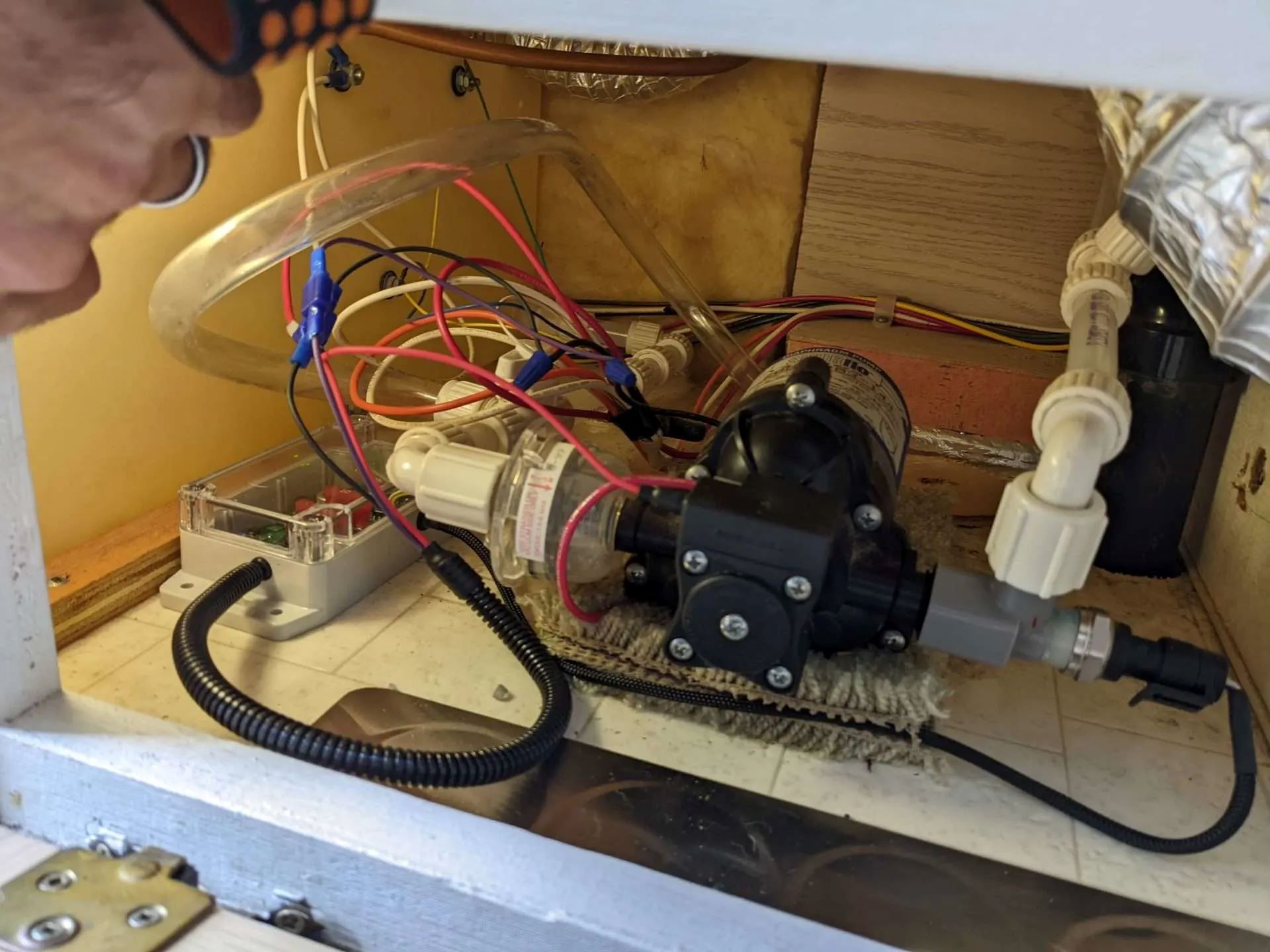
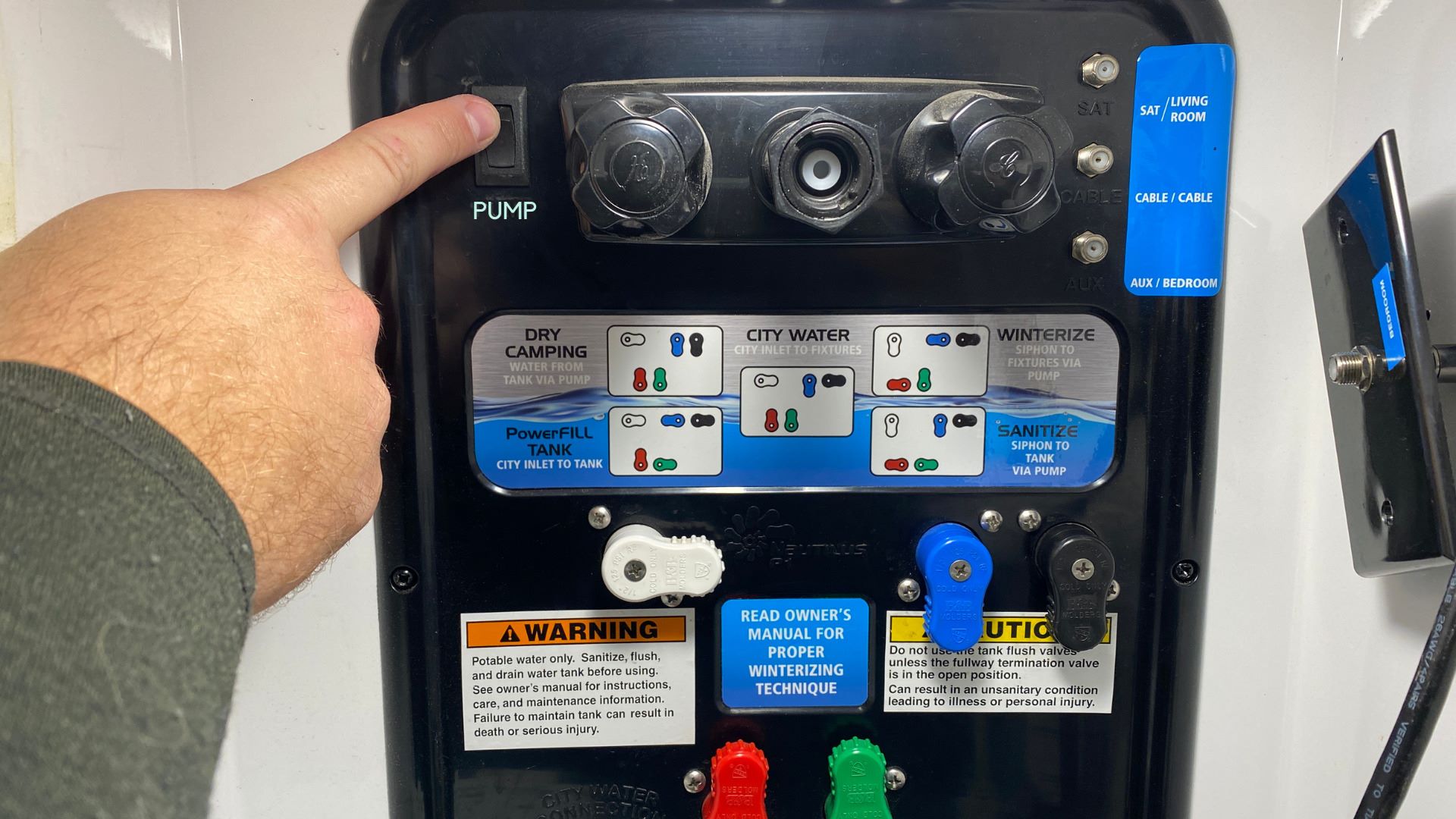
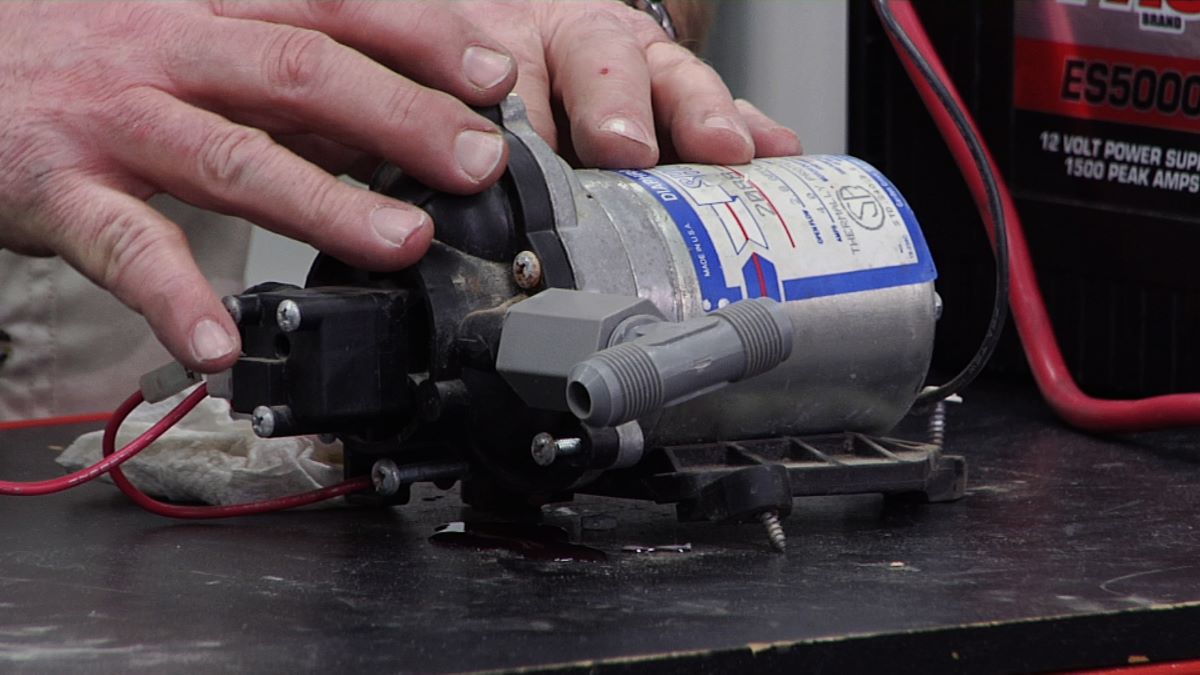
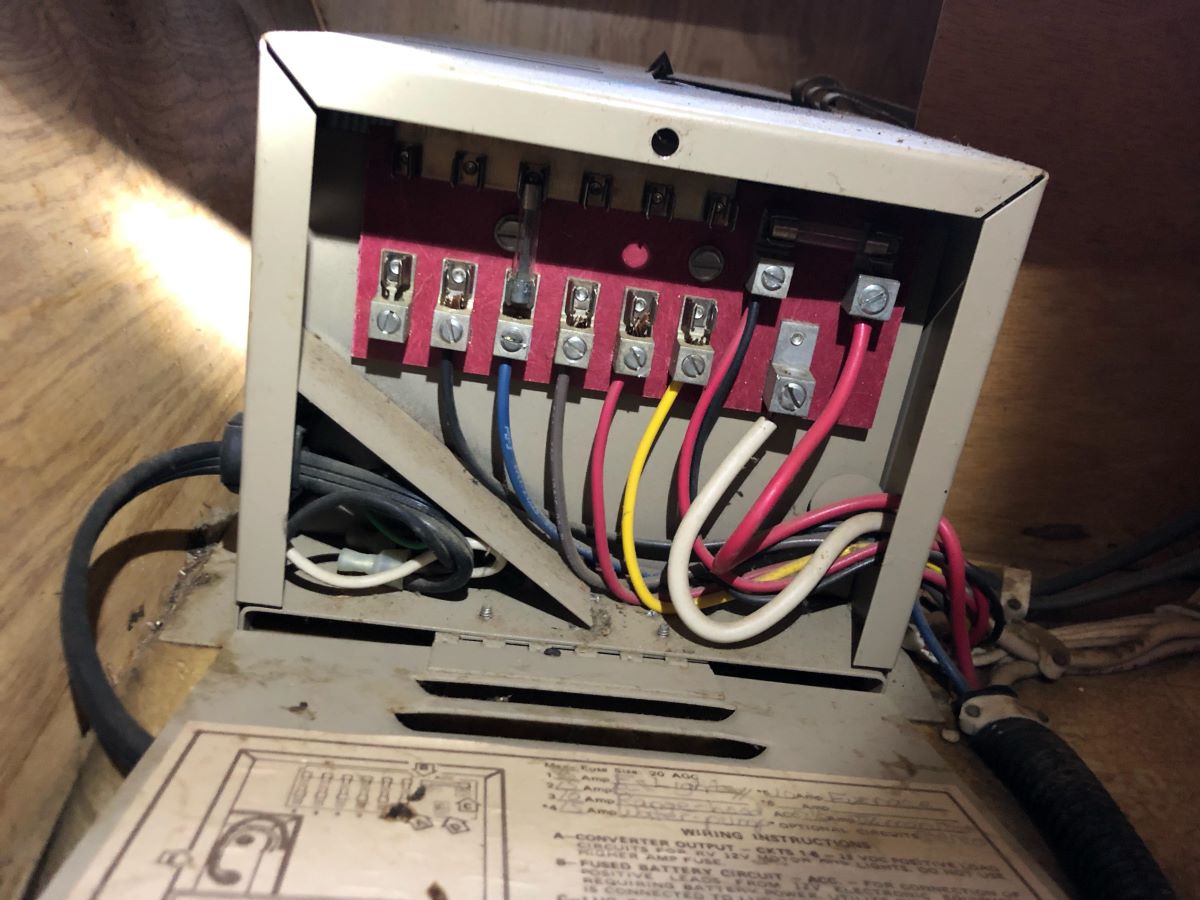
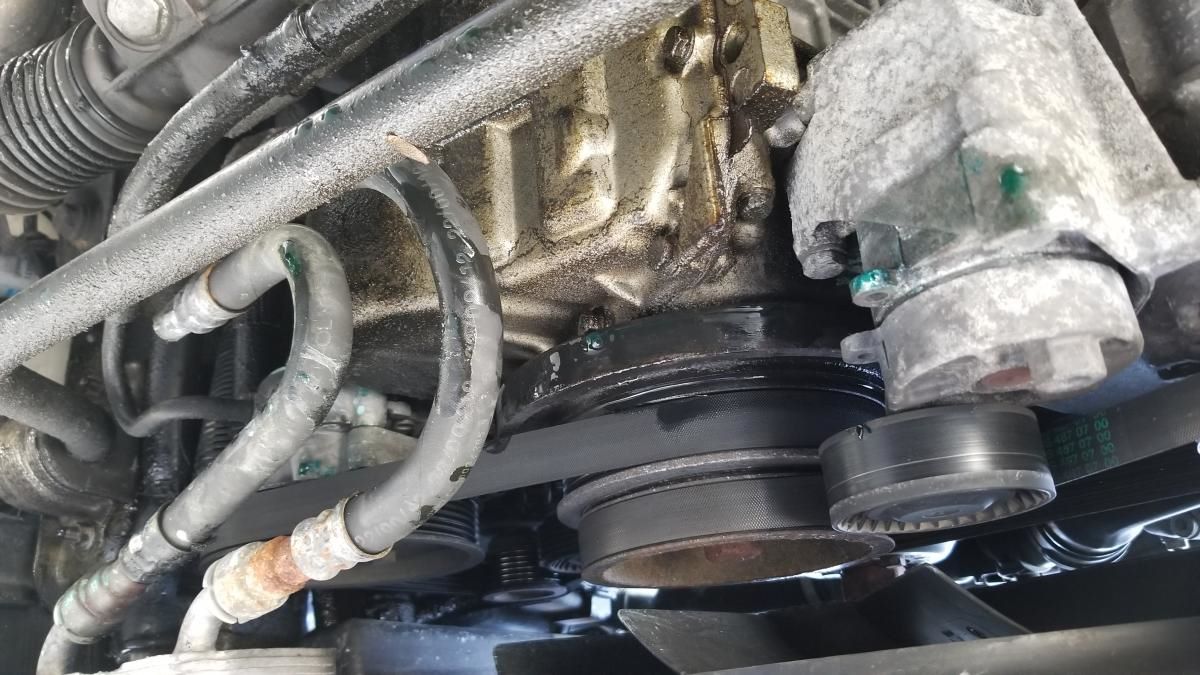
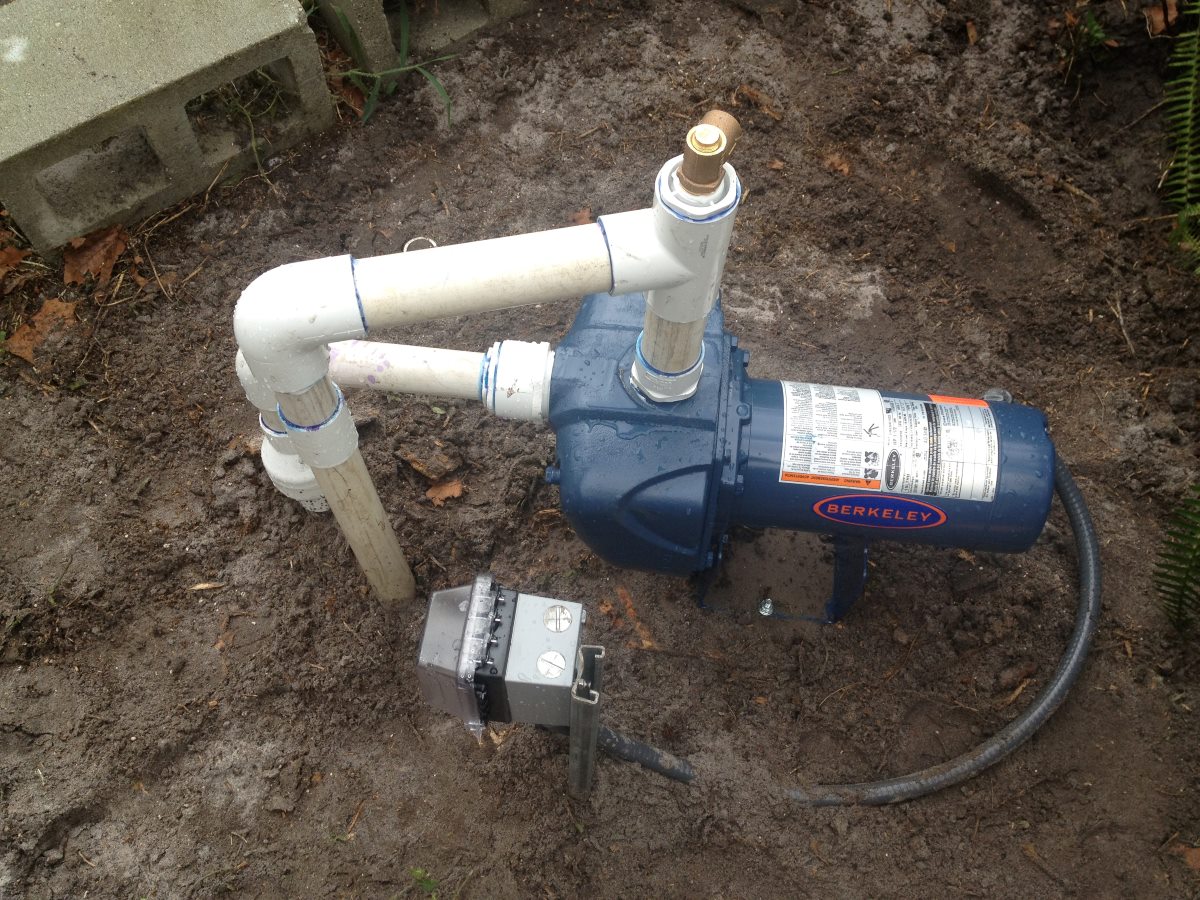
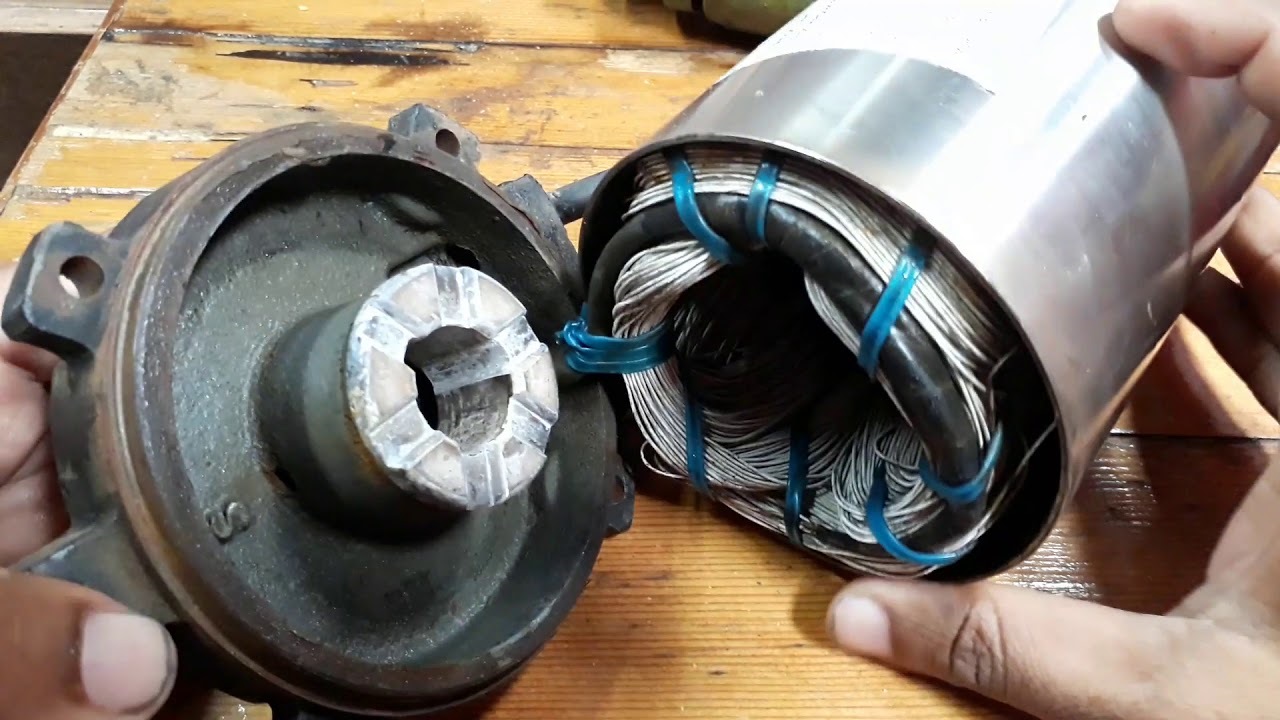
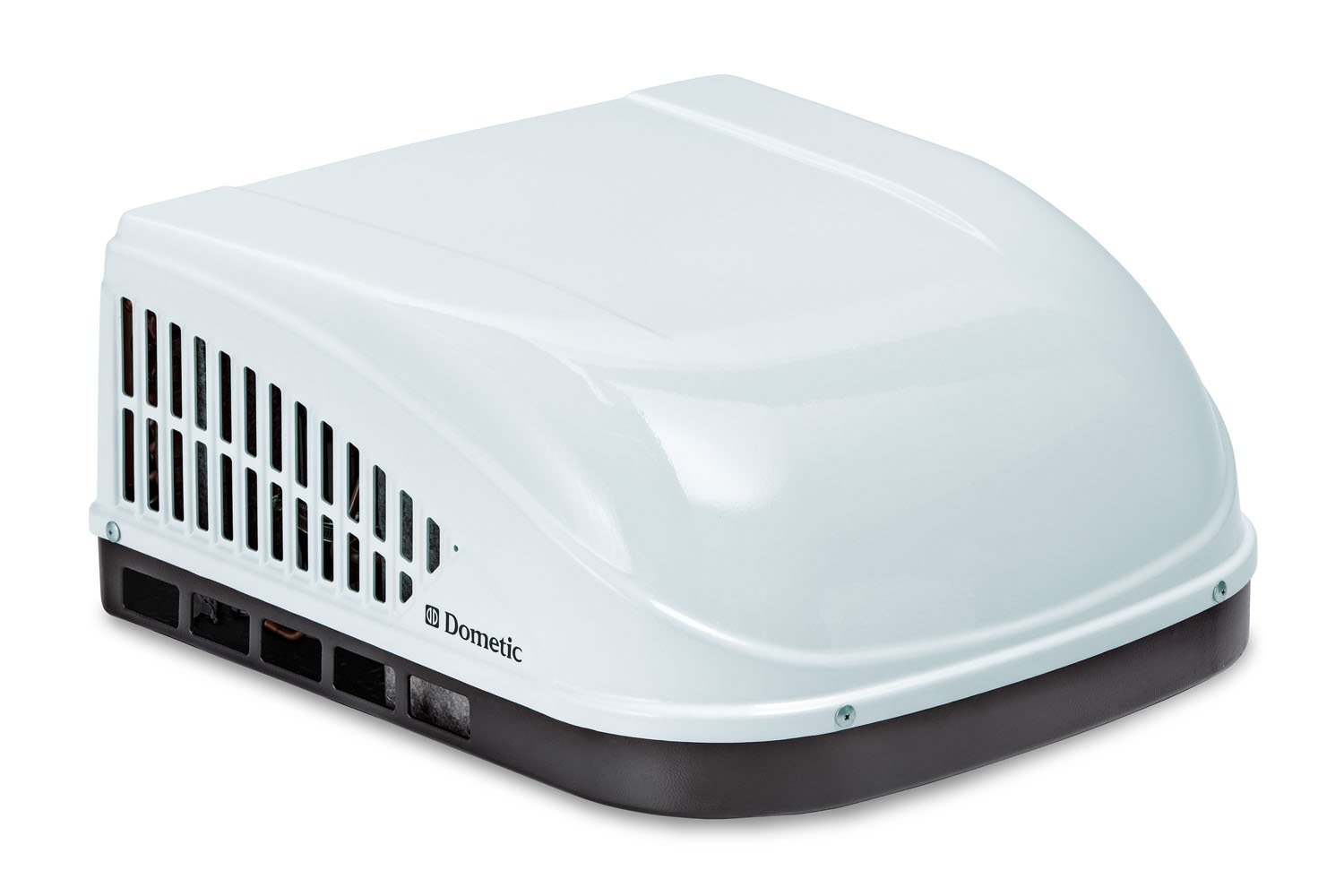
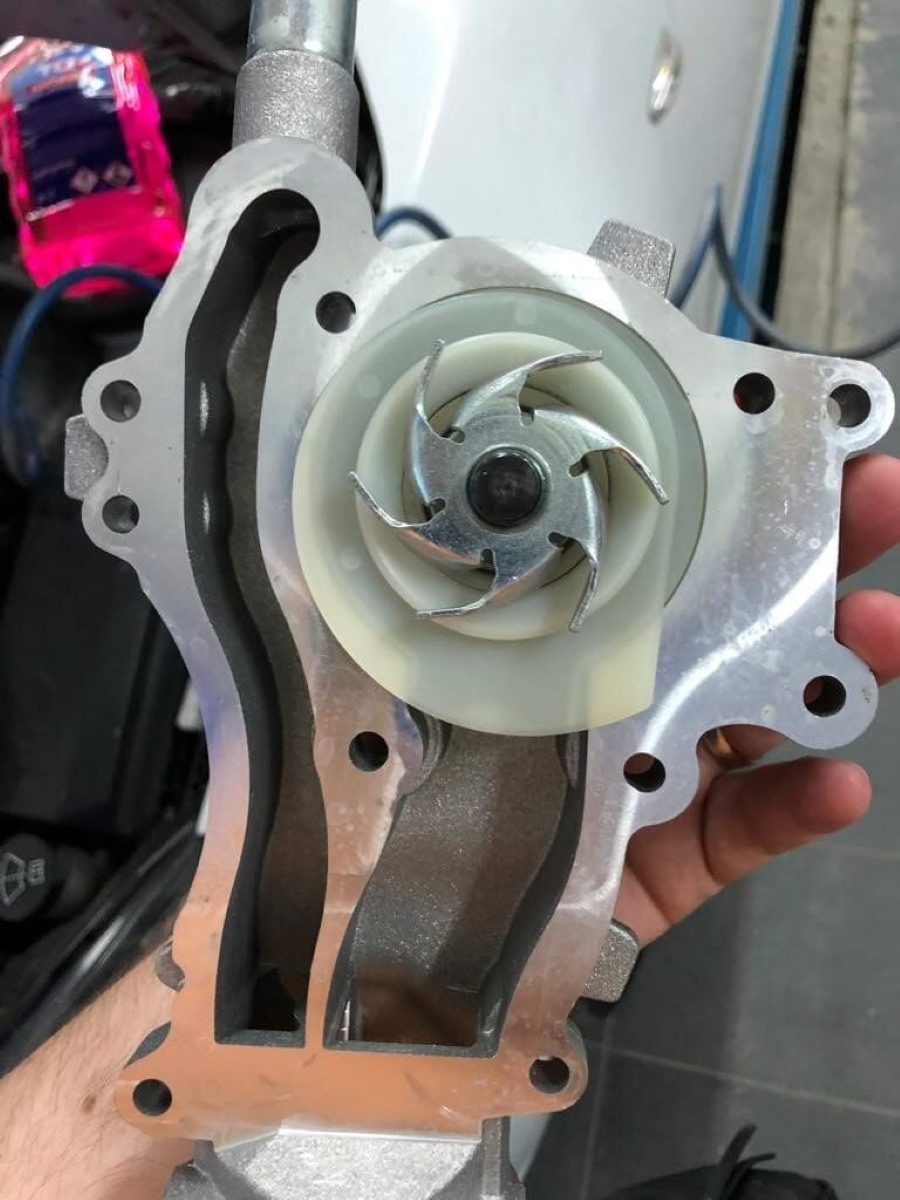
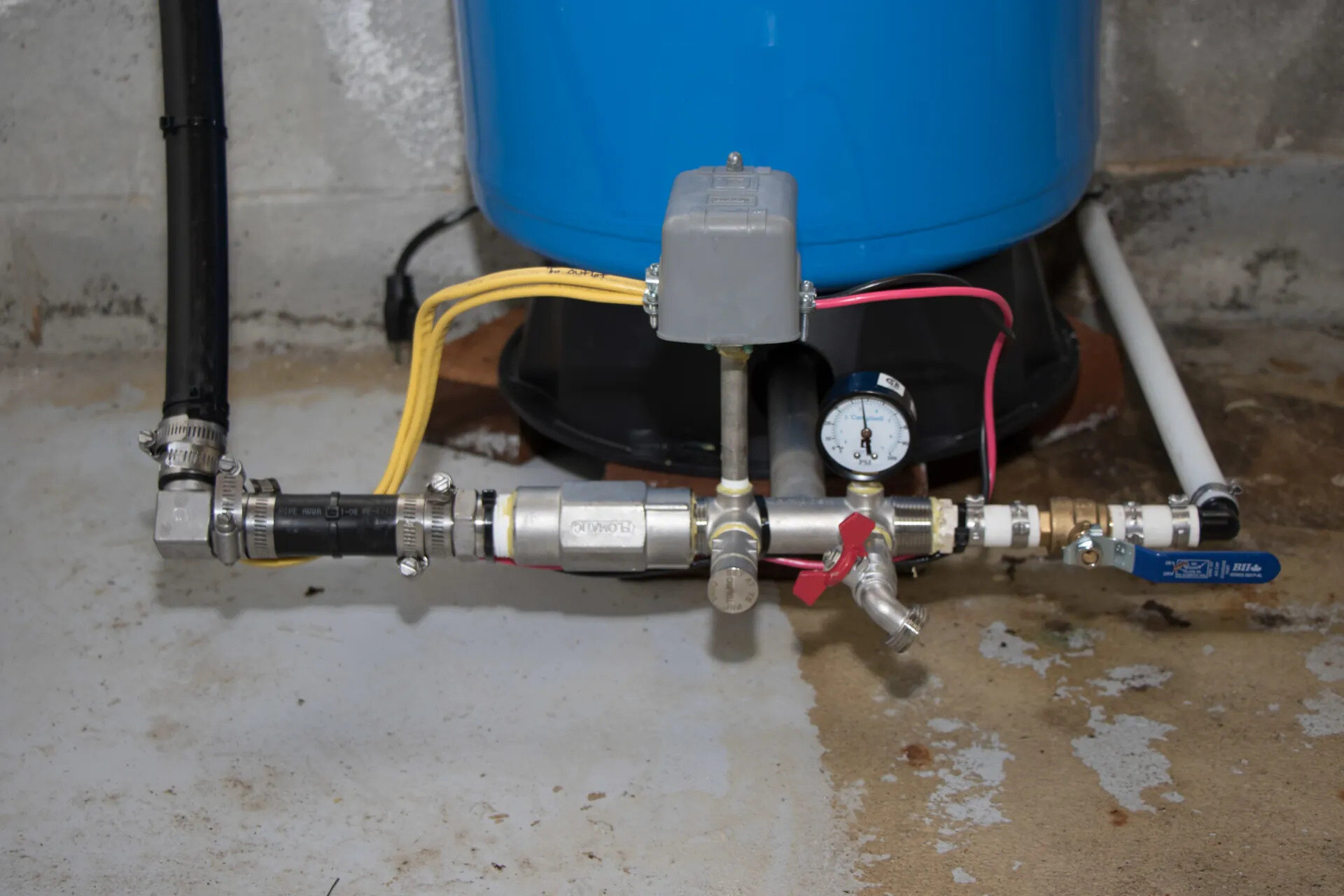
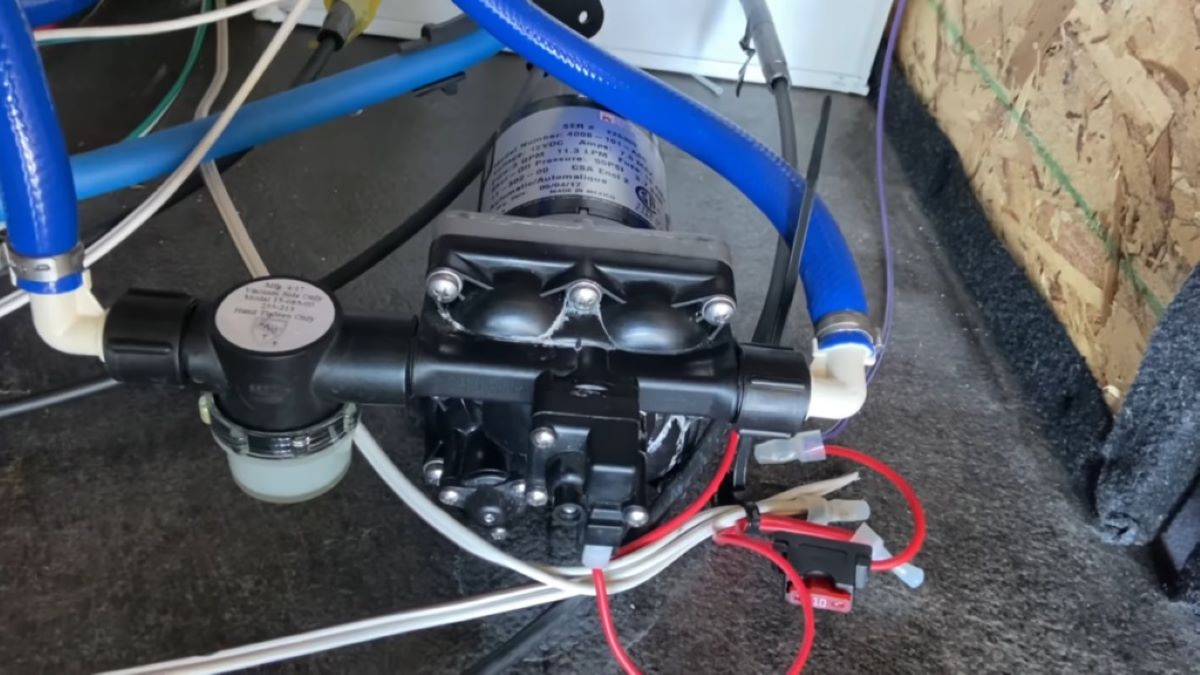
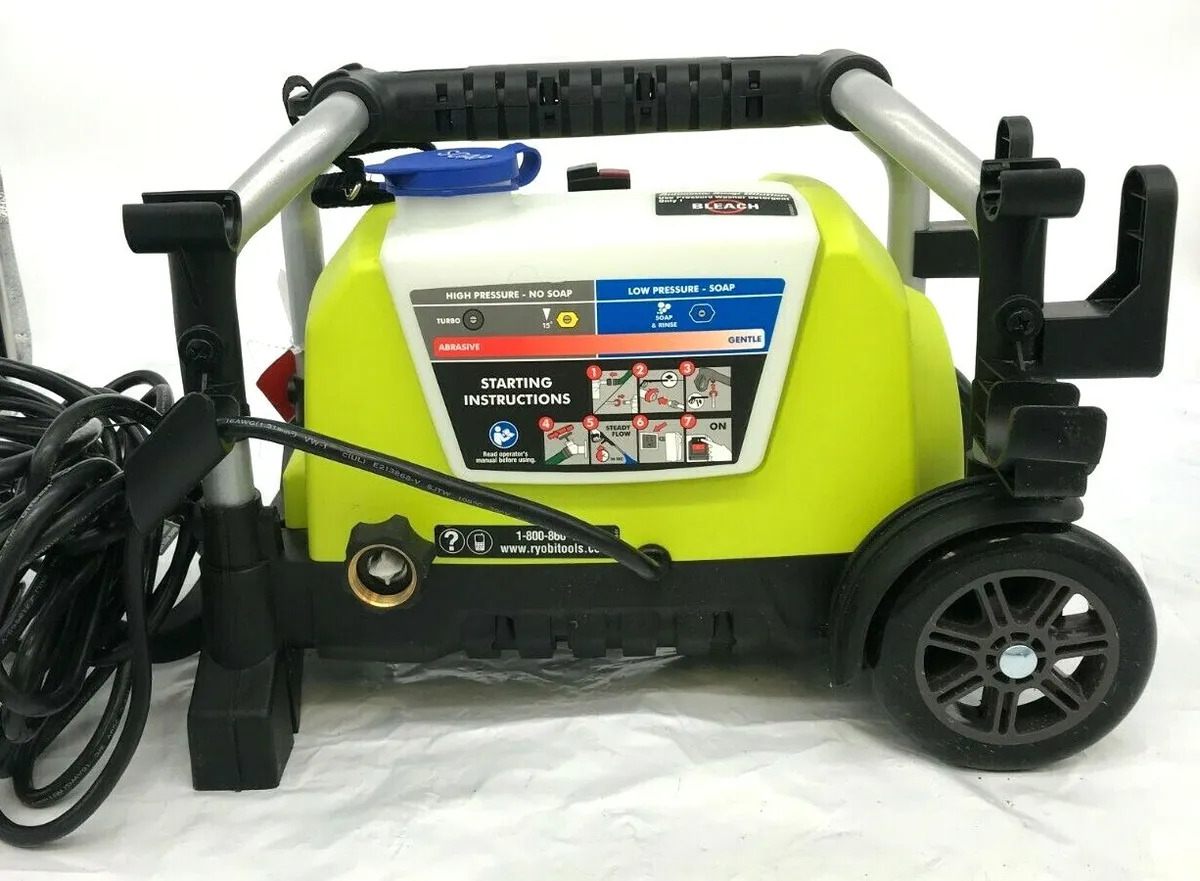
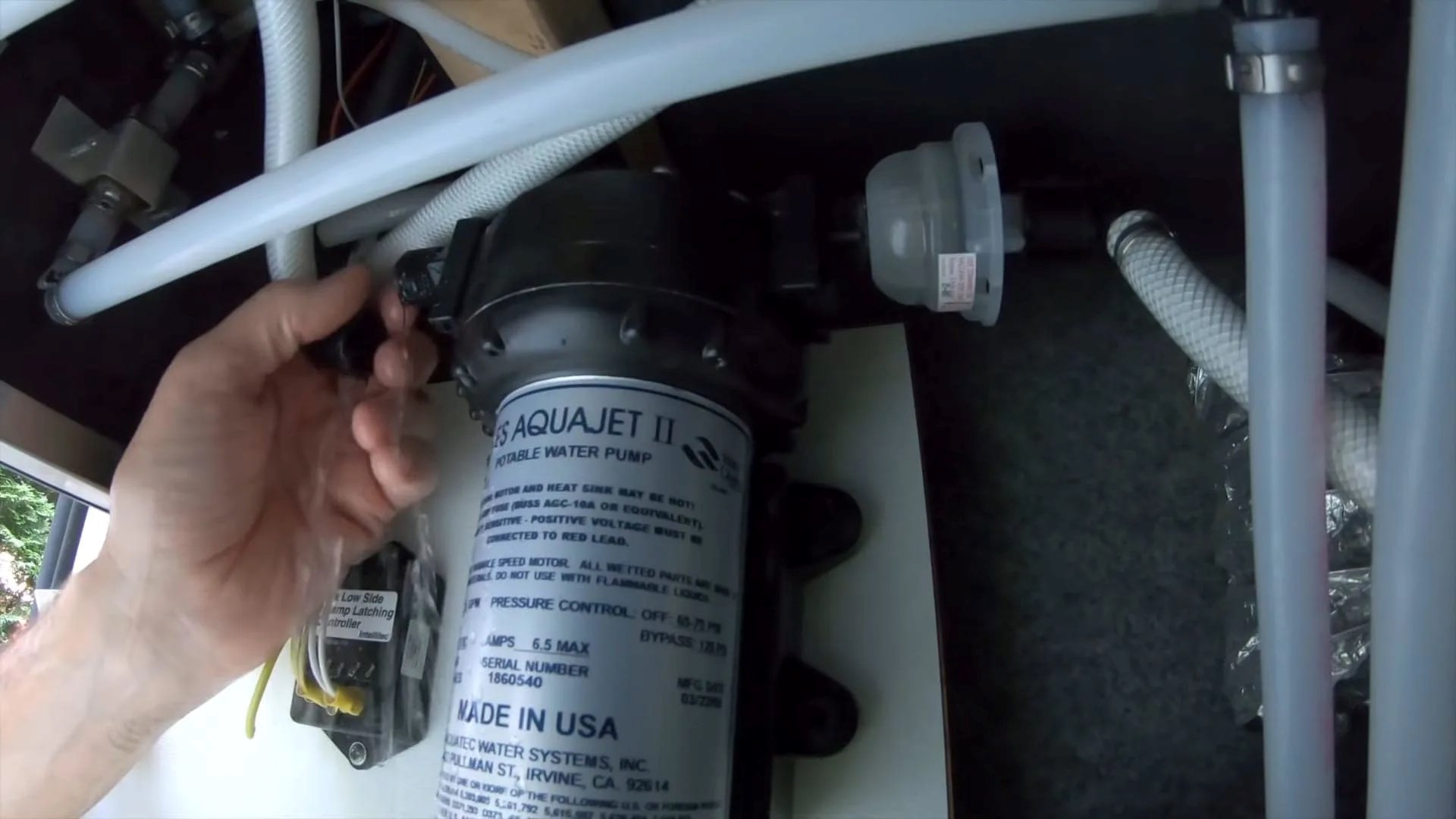


0 thoughts on “Why Does My Rv Water Pump Pulsate When Not In Use”